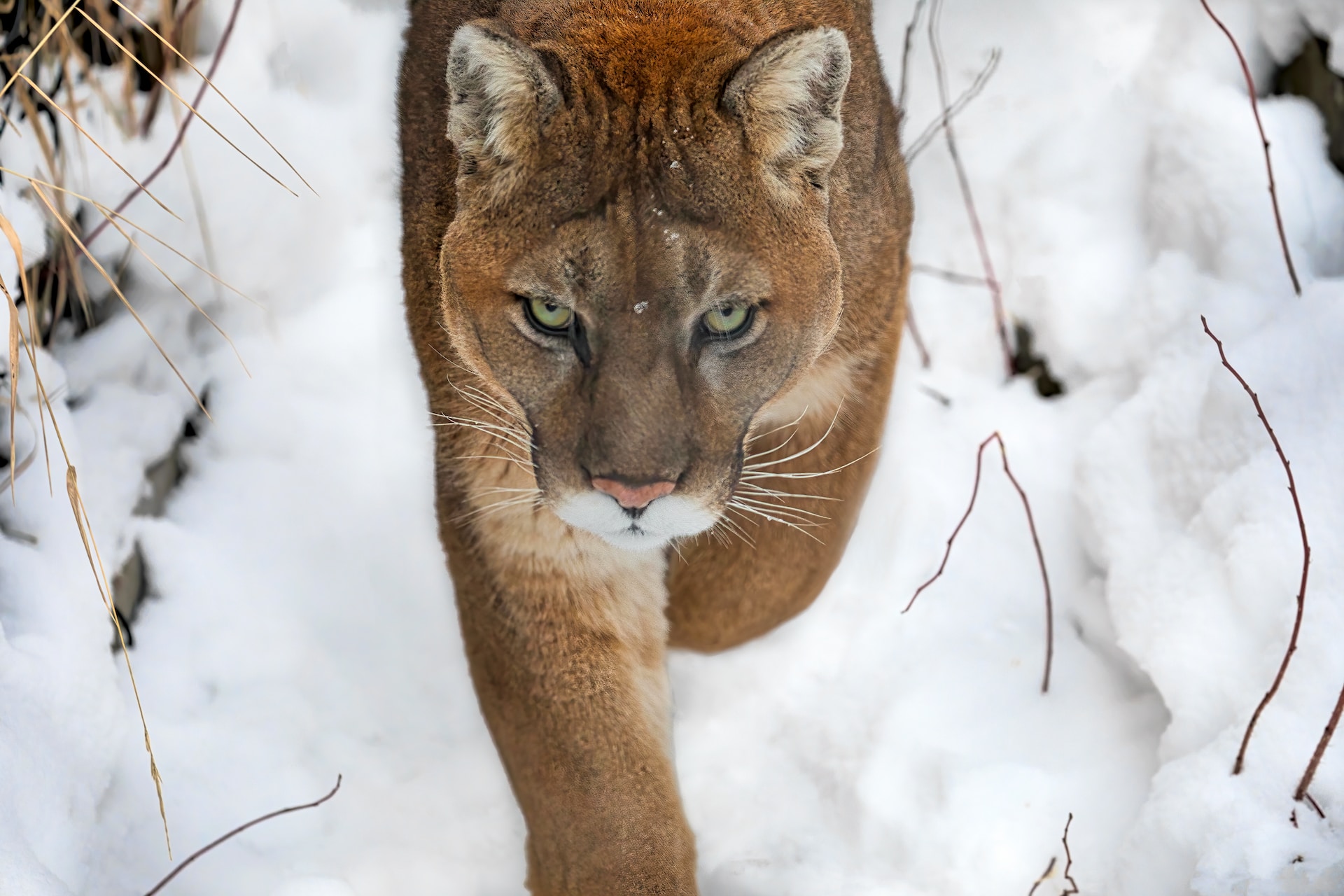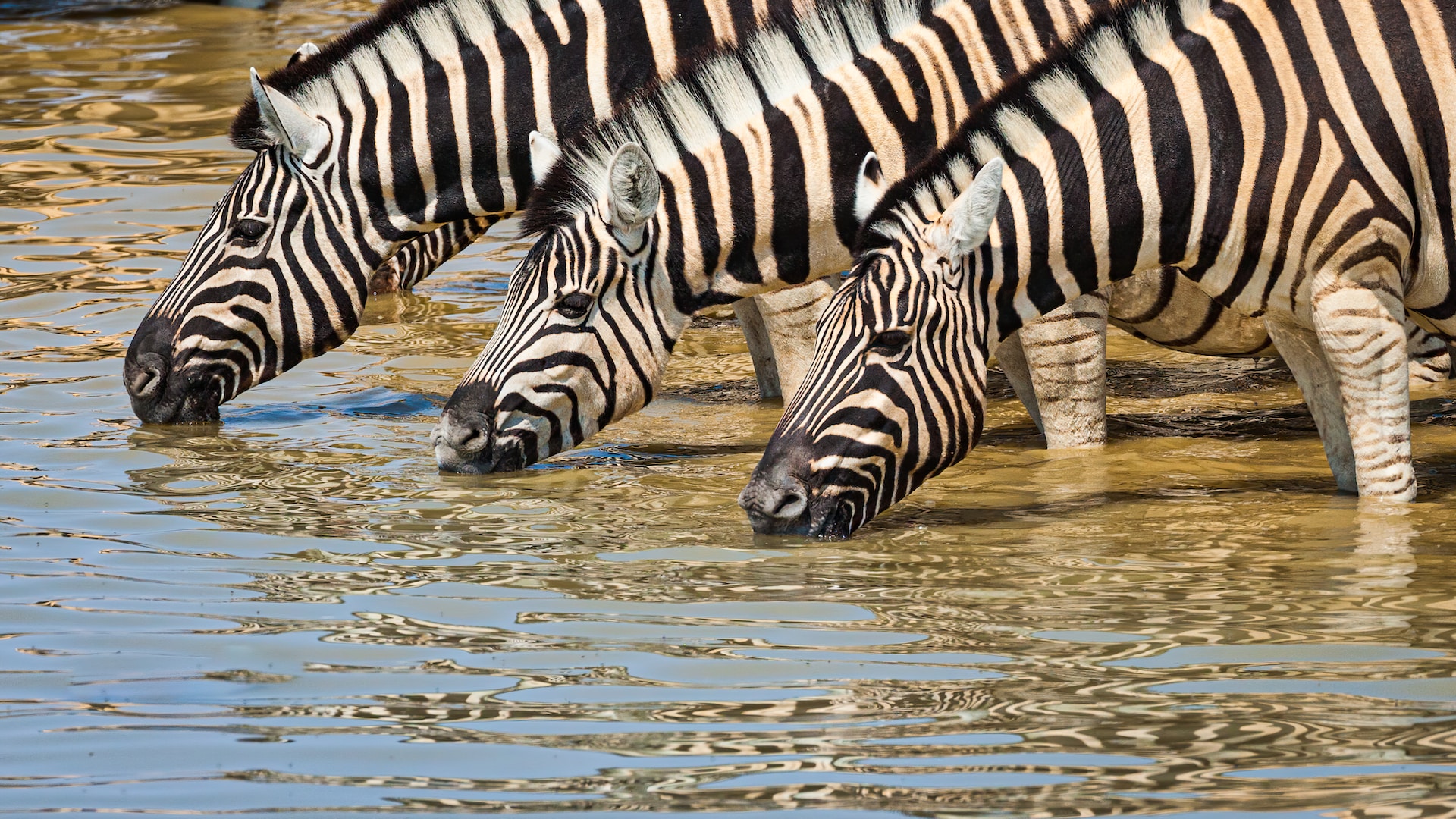Wildlife photography is a passion for capturing precious moments of nature and sharing captivating stories. However, it is crucial to respect the animals and their environment during this activity.
Choose the right equipment
Before you go hunting for wildlife, make sure you have the right equipment. A long focal length zoom lens is recommended for taking photos from afar, without disturbing the animals. Additionally, a tripod can be helpful in stabilizing your camera and preventing camera shake. Don’t forget to pack extra batteries and memory cards so you don’t miss out on photography opportunities.
Be patient and discreet
Photographing wildlife requires patience and discretion. Take time to immerse yourself in the environment, remaining quiet and avoiding sudden movements. Sit in a strategic location, where animals are used to passing by, and wait patiently. Pay attention to noises and signs that could indicate the presence of animals. Once you spot them, move slowly and smoothly to get closer without spooking them.
Respect the necessary distance
When photographing wildlife, it is crucial to maintain the necessary distance so as not to disturb them. Animals need their own space and can react aggressively if you get too close. Use your zoom lens to capture close-ups without disturbing the animal. If you notice signs of stress or fear in the animal, back away immediately and leave it alone.
Study behaviors
To successfully photograph wildlife, it is important to understand animal behaviors. Find out about the species you want to photograph in order to know their habits, their sighting areas, as well as the warning signs of their actions. This knowledge will allow you to anticipate their movements and capture unique and authentic moments.
Respect the environment
When photographing wildlife, make sure you respect their environment as well. Avoid stepping on fragile plants or disturbing the soil. Do not leave any waste behind and never feed animals. Keep in mind that you are a mere guest in their habitat and your task is to respectfully capture their beauty.
Understanding the impact of weather on wildlife photography
Nature is unpredictable, and its most variable element is certainly the weather. For a wildlife photographer, understanding the influence of weather on animals and the environment can make the difference between a good photo and an exceptional one.
There light is one of the most critical elements in photography. Soft light, often found during the golden hours of the morning or evening, can add a warm tone to your photos. Cloudy days can offer diffusion of light, avoiding harsh shadows that could ruin a perfect photo.
Weather conditions also play a significant role in animal behavior. For example, during and after rain, many animals come out to drink and feed, providing unique opportunities to capture them in their natural element. Birds can fly lower before a storm, insects swarm after a downpour, and large predators can take advantage of the fresh air to hunt.
However, it is essential to protect. Rain, wind or extreme temperatures can damage your equipment. Investing in proper protection for your equipment, such as waterproof covers or waterproof bags, can help you capture these moments without risking damage to your precious tools.
The weather also influences the color and texture of the landscape. For example, morning dew or freshly fallen snow can add an extra dimension to your photos, providing reflections or highlighting animal tracks.

The magic of the seasons in wildlife photography
Beyond everyday weather conditions, the seasons bring their own challenges and opportunities for the wildlife photographer. Each season reveals a different picture of nature, influencing both the behavior of animals and the appearance of the landscape.
In spring, nature comes back to life after the winter rest. Animals are often more active, looking for food to compensate for the energy spent during the winter. It is also courtship time for many species, an ideal time to capture rare behaviors and fascinating interactions. Landscapes, with their new green growth and vibrant flowers, provide a vibrant backdrop for your photos.
In summer, light is abundant, but it can also be harsh in broad daylight. Animals tend to be less active during these hot hours, preferring to rest in the shade. It’s time to explore the water areas, where wildlife comes to cool off. The density of the vegetation is at its maximum, providing magnificent green backdrops but also making the task of spotting subjects more complex.
In autumn, the colors change, transforming the landscapes into palettes of oranges, reds and browns. This is the time when many animals are preparing for winter, providing opportunities to photograph behaviors like harvesting and storing food. The first frosts can also bring a touch of magic to your photos, crystallizing nature.
Winter, with its coat of snow, presents a major challenge: correctly exposing the wildlife against an often white and uniform background. But it is also a season of contrasts, where animals stand out clearly from their environment. Tracks in the snow can guide the photographer to his subjects, and frosty days offer almost magical scenes.
The emotional dimension in wildlife photography
Wildlife photography is not just about technique or understanding the environment. It also has a deep emotional dimension. The moments we capture are not just moments frozen in time, they tell stories, transmit emotions and bring us closer to nature.
Connect to his topic
The photographer must seek to establish a connection with the animal he is photographing. It’s not just about capturing an image, but feeling what the animal might be feeling at that moment. Is he curious, scared, playful or perhaps on the lookout for his next prey? By putting ourselves in the animal’s place, we can try to capture the essence of that moment, making the photograph more powerful and evocative.
Capturing emotions
Wildlife is full of emotions, and the photographer has the responsibility to convey them through his images. Whether it’s the motherly love of a lioness for her cubs, the curiosity of a fox sneaking nearby, or the majesty of a deer atop a hill, each photo tells a story. history. By focusing attention on the animal’s expressions, gazes and posture, the photographer can bring these emotions to life.
The challenge of the unsaid
Unlike photography of people, where the subject can express emotions through words or gestures, in wildlife photography, everything lies in the unsaid. The subtleties of animal behavior, interactions with other animals or with the environment, all of these can suggest a story or an emotion. It is up to the photographer to perceive these nuances and translate them into images.
The importance of spontaneity
While preparation is essential in wildlife photography, it is also important to know how to capture the moment. Animals are unpredictable and can provide moments of pure photographic joy when you least expect it. A swallow that catches an insect in mid-flight, a squirrel that jumps from one branch to another, or a bear that stands up to observe its surroundings. These spontaneous moments, when captured, can provide the most memorable images.













